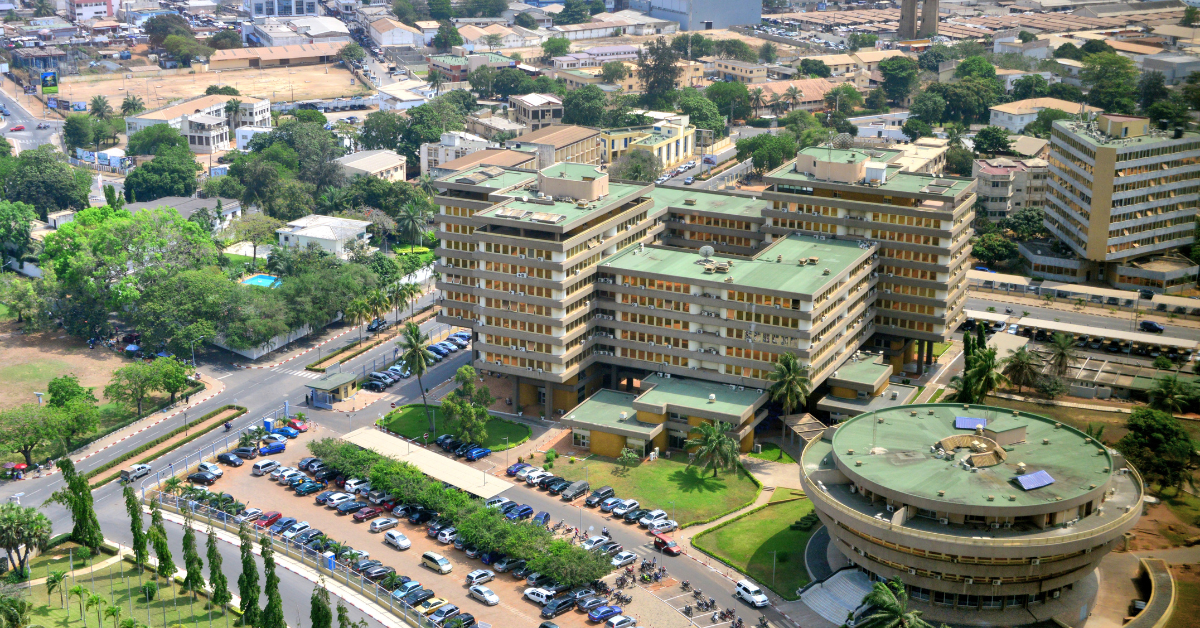Togo, a West African nation, is often written in Japanese as “トーゴ” using katakana. Unlike Chinese, where the phonetic transcription “多哥” is used, Japanese has no official kanji notation for Togo. This article explores not only these linguistic differences but also the broader image Japanese people have of Togo through sports, culture, and international relations.
- Japanese Notation of Togo and Its Difference from Chinese
- History and Path to Independence
- Sports in Togo and Its International Presence
- The Image of Togo Among Japanese People
- Economic Features and Relations with Japan
- Cultural and Social Diversity
- Tourism Resources in Togo
- The Future of Japan–Togo Relations
- Conclusion
Japanese Notation of Togo and Its Difference from Chinese
In Japanese, the official notation for Togo is “トーゴ,” written in katakana. This choice prioritizes visibility and international standardization, and is consistently used in newspapers, dictionaries, and textbooks. There is no official kanji representation, and unlike Chinese, Japanese does not have the custom of assigning kanji based on phonetics.
By contrast, Chinese focuses on phonetic transcription, writing it as “多哥.” The characters do not carry semantic meaning but are chosen for their similar sounds.
| Language | Notation | Common Usage |
|---|---|---|
| Japanese | トーゴ (Katakana) | Textbooks, news reports, maps |
| Chinese | 多哥 (Kanji) | Government documents, maps |
History and Path to Independence
Togo became a German colony at the end of the 19th century and after World War I was placed under French mandate. In 1960, it gained independence from France. Post-independence, Togo experienced political instability but gradually developed its national framework.
The historical flow can be summarized as follows:
| Period | Event |
|---|---|
| Late 19th century | Colonized as German Togoland |
| 1914 | Occupied by France and Britain during World War I |
| 1922 | Placed under French mandate by the League of Nations |
| 1960 | Achieved independence, becoming the Republic of Togo |
| Present | Multicultural nation striving for stability |
The independence movement is a source of national pride and part of the broader African history.
Sports in Togo and Its International Presence
The most popular sport in Togo is football (soccer). The country’s first qualification for the FIFA World Cup in 2006 was a historic achievement and a point of national pride. The global recognition of Emmanuel Adebayor, who played for clubs like Arsenal and Manchester City, also placed Togo on the international stage.
While the domestic league remains under development, efforts are being made to train young players. Beyond football, athletics and basketball are gradually gaining popularity.
Sports have become a vital way for Togo, a small country, to enhance its international visibility.
The Image of Togo Among Japanese People
The perception of Togo in Japan remains limited and can be summarized in three main aspects:
- A football nation
Known mainly for its World Cup debut and Adebayor’s career. - A small West African country
Its geographical scale creates the image of a small nation. - A developing country
Frequently mentioned in the context of international aid and development assistance.
In short, Japanese people often learn about Togo either through sports or through news of international cooperation.
Economic Features and Relations with Japan
Togo’s economy is heavily dependent on agriculture, with maize, cassava, and yams as staples. Export crops such as cocoa and coffee are important, along with phosphate, which remains a major foreign exchange earner.
| Sector | Details |
|---|---|
| Agriculture | Maize, cassava, yams as staple foods |
| Exports | Cocoa, coffee, phosphates |
| Industry | Primarily light industry, Lomé as a logistics hub |
| Japan Relations | Agricultural and educational support through JICA |
Japan contributes to Togo’s development mainly through technical cooperation and educational projects, forming the foundation of bilateral ties.
Cultural and Social Diversity
Togo is home to over 40 ethnic groups, each with its own language and traditions. While French is the official language, Ewe and Kabye are widely spoken in daily life.
Traditional music features strong drum rhythms, integral to festivals and rituals. Colorful textiles are also prominent, and Togo’s fabric culture is recognized across Africa.
Religious life is diverse, with Christianity, Islam, and traditional religions coexisting peacefully.
Tourism Resources in Togo
Though still in its early stages, tourism in Togo offers authentic cultural and natural experiences.
| Destination | Features |
|---|---|
| Lomé | The capital and a port city with markets and beaches |
| Lake Togo | Scenic lakeside views for leisure tourism |
| Kara Region | Rich in festivals and traditional culture |
| Mountain Areas | Hiking and nature exploration opportunities |
While large-scale resorts are rare, Togo’s strength lies in offering genuine African cultural experiences.
The Future of Japan–Togo Relations
The relationship between Japan and Togo is still modest but is gradually strengthening through education and sports cooperation. Future opportunities lie in expanding economic and cultural partnerships. Sports diplomacy, in particular, could engage young generations and foster deeper understanding.
Sports, education, and cultural exchange form the three pillars that can connect the two nations, creating strong bonds despite the geographical distance.
Conclusion
In Japanese, Togo is written in katakana as “トーゴ,” while in Chinese it appears as the kanji “多哥.” The difference reflects linguistic and cultural approaches to foreign names.
In Japan, the image of Togo is largely tied to football and its role as a developing nation engaged in international cooperation. Its economy, culture, and tourism reveal a country rich in diversity and potential.
As exchange in sports, education, and culture deepens, Japan’s understanding of Togo is expected to grow richer and more nuanced.






